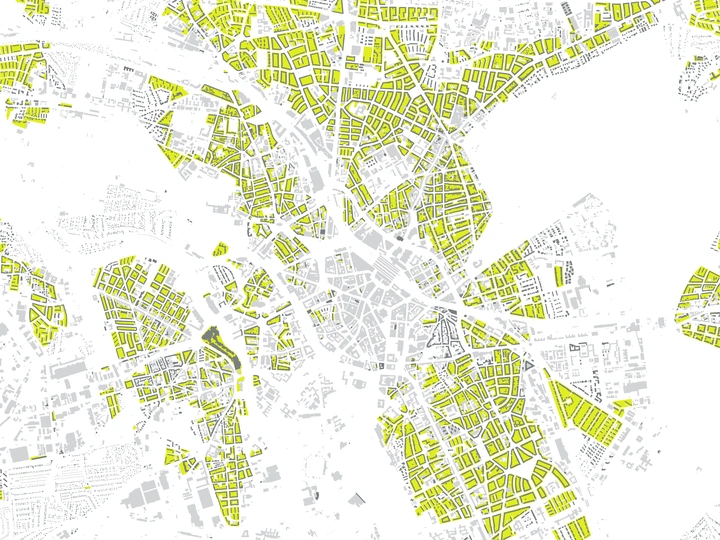Courtyards Beyond Capital

I grew up in a small town on the edge of the Rocky Mountains on unceded Sinixt, Ktunaxa, Secwepemc, and Syilx territory in so-called canada. Working at the intersection where social and ecological systems meet, I am passionate about continuously imagining a practical utopia that leaves no one behind.
I completed my undergrad in Environmental Science (BSc) at the university of British Columbia in 2021. Concentrating in sustainability science taught me to critically ask what it is that we want to sustain. I developed a deep understanding of how environmental breakdown, rising inequality and mental health crises are symptoms of capitalism, patriarchy, and white supremacy.
A desire to realize practical and radical responses led me to Landscape Architecture - a space where ecology, community, and creative expression can and must be integrated fluidly.
I believe that design has the potential to get to the root of these systemic issues, especially when it is understood as a process, an activist practice, a relational way of being - with material and social outcomes not being merely static products but living entities that emerge out of the design process itself.
During my MSc thesis work, I developed a methodology for ontological landscape design towards the Pluriverse. The framework was the product of a collaborative and relational process with my neighbours to politicize and activate the under-cared-for courtyard space of our perimeter-block housing in Hannover, Germany.
Starting from a feeling of discomfort with the ways we live, build, and relate under a dominant system that prioritizes profit over people, I set out to explore alternative ways of being as a designer.
This thesis is comprised of three main sections, each guided by a central question. In LEARN: Critiques & Alternatives, I ask: How has the design and planning profession been complicit in universalist and capitalist urbanization processes, and what alternative attitudes and methodologies are contemporary practitioners trying out? Here, I focus on the positionality of landscape architecture and related planning professions. I provide an overview of self-critiques emerging from within the field and look for role models in design who are equally concerned with social and environmental justice. I then introduce the two primary theories that guide this work: (A) the pluriverse and (B) ontological design.
In THINKING-FEELING: Spatializing the Theory, I ask: How do these critiques and alternatives show up in the landscape? I turn to the typology that grounds this thesis—the European multi-family residential courtyard. I reflect on the process of travelling to various courtyards in European cities, subjectively weighing levels of collective autonomy vs. spatial design qualities, and gathering inspiration for the next phase.
In ACT: Realizing the Pluriverse in My Courtyard, I ask: How can I be an agent for the realization of the pluriverse in the German context? Building on the previous sections, I engage in an applied process of ontological design within my own courtyard in Linden, Hannover. I use journaling, sketching, and storytelling as documentation tools in an ongoing spatial-temporal reflection. Through this process, my own ontological design methodology gradually emerges.
In the final chapters, I zoom out to share broader reflections on the entire process, and to consider the political nature of ontological designing towards the pluriverse in a German context.